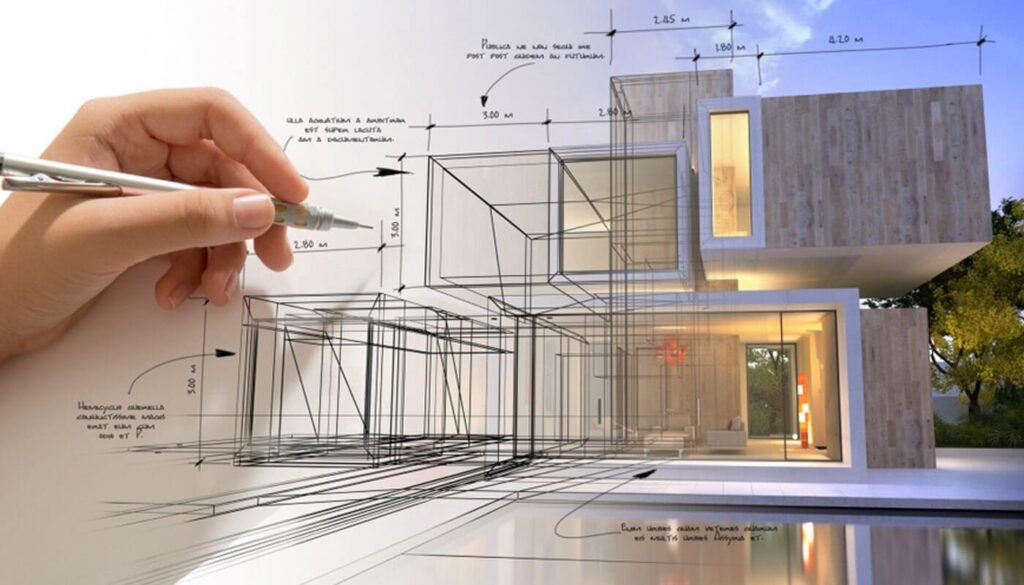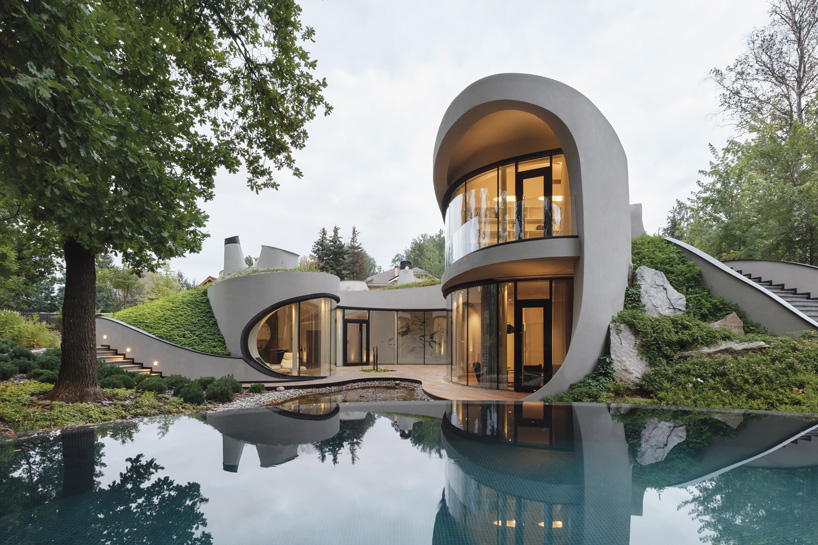Just How CDA Architects Integrate Eco-Friendly Practices in Architectural Projects
Just How CDA Architects Integrate Eco-Friendly Practices in Architectural Projects
Blog Article
The Influence of Technological Advancements on the Style Practices of Contemporary Architects
The rapid advancement of technological devices has actually considerably improved the layout landscape for contemporary designers, promoting extraordinary levels of advancement and sustainability. The combination of Building Details Modeling (BIM), parametric design, and man-made intelligence has not just structured partnership among diverse groups but additionally redefined task implementation. As architects accept these advancements, they are challenged with complicated obstacles that might influence their innovative processes. Discovering these characteristics exposes a nuanced interplay between innovation and traditional design techniques, prompting a closer evaluation of what the future holds for building methods.
Advancement of Architectural Equipment
Just how have architectural devices transformed the style and building procedures over the centuries? The evolution of building devices has substantially affected the efficiency, accuracy, and creativity of design and construction.
With the arrival of the Renaissance, the intro of the compass and the protractor marked a critical change. These tools enabled designers to achieve greater accuracy in their layouts, helping with the development of more intricate and proportional buildings (cda architects). The Industrial Change even more changed architectural experiment the intro of mechanical tools and materials, permitting bigger and more enthusiastic tasks
In the 20th century, the growth of computer-aided design (CAD) software application changed the landscape once again, providing designers with unprecedented capabilities in modeling and visualization. Today, advanced devices such as Building Info Modeling (BIM) and parametric style software program proceed to push the borders of architectural innovation, allowing a more integrated approach to design and building procedures.

Boosted Collaboration in Style
As technology proceeds to evolve, improved collaboration in design has actually ended up being a keystone of modern architectural method. The integration of electronic devices such as Structure Info Modeling (BIM), cloud-based systems, and progressed visualization software application has changed the way designers, engineers, and stakeholders connect throughout the design process. These tools help with real-time interaction, enabling groups to share ideas, modifications, and responses promptly, despite geographical area.
Moreover, digital reality (VIRTUAL REALITY) and increased truth (AR) have more enriched joint initiatives by making it possible for immersive experiences that enable customers and employee to imagine tasks in an extra appealing fashion. This degree of communication not only boosts understanding however additionally cultivates a sense of ownership among stakeholders, causing more educated decision-making.
In addition, interdisciplinary collaboration has actually been streamlined via these technological innovations, making it possible for engineers to work extra closely with various other professionals, such as urban organizers and environmental specialists. The outcome is a more cohesive method to design that considers numerous point of views and proficiency. Ultimately, improved collaboration in style is not just a trend; it is necessary for creating ingenious, functional, and cosmetically pleasing architecture in a significantly complex world.
Sustainability Via Modern Technology
Sustainability in style has actually progressively become linked with technological innovation, driving the industry toward eco accountable techniques - cda architects. Contemporary architects are leveraging innovative innovations to decrease environmental influence while boosting the efficiency of structures. One noticeable instance is the usage of Structure Information Modeling (BIM), which permits for accurate preparation and resource appropriation, reducing waste during building and construction and promoting energy performance throughout a structure's lifecycle
Additionally, clever materials and energy-efficient systems are being integrated into designs to enhance source usage. Technologies such as photovoltaic or pv cells and environment-friendly roof systems harness renewable resource sources, adding to reduced carbon footprints. Furthermore, the application of expert system in design procedures enables designers to site link mimic and analyze energy intake, guiding choices towards even more sustainable end results.
The integration of sustainable innovations not only straightens with global environmental goals however likewise meets an enhancing need from consumers for eco-friendly services. As designers welcome these technologies, the emphasis changes towards developing rooms that are not only aesthetically pleasing however likewise functionally sustainable, consequently redefining the criteria of contemporary style. By doing this, technology offers as a catalyst for sustainability, enabling engineers to make structures that regard and boost the natural environment.
Difficulties in Implementation
While technical advancements in design hold fantastic promise for improving sustainability, their application usually encounters considerable challenges. One primary barrier is the steep discovering curve connected with brand-new modern technologies. Designers and building professionals may call for substantial training to successfully make use of innovative software program and tools, which can postpone job timelines and boost prices.
Additionally, the assimilation of emerging technologies, such as Building Information Modeling (BIM) and lasting materials, often requires cooperation throughout multidisciplinary groups. This cooperation can be impeded by distinctions in knowledge, process, and interaction styles, leading to prospective conflicts and ineffectiveness.
Financial constraints further complicate the fostering of innovative innovations. Many building firms, particularly smaller ones, may do not have the resources to purchase advanced tools, restricting their ability to take on larger companies that can afford such investments.
In addition, governing frameworks and building ordinance may not equal technological developments, producing obscurity and prospective conformity problems. This obstacle can inhibit designers from completely welcoming brand-new technologies, as the threat of non-compliance might surpass the benefits. As a result, addressing these application obstacles is important for the effective combination of technical advancements in modern architectural practices.
Future Trends in Style
The obstacles connected with the execution of brand-new innovations in style have motivated a reevaluation of future fads within the sector. As architects browse problems such as sustainability, urbanization, and social equity, they are increasingly taking on innovative technologies to improve layout performance and environmental performance.
One noticeable trend is the combination of expert system (AI) in the style process. Clicking Here AI devices can analyze substantial datasets to inform layout decisions, boosting both imagination and functionality. In A Similar Way, Building Details Modeling (BIM) look at this website remains to develop, allowing real-time partnership among stakeholders and helping with streamlined project administration.
Lasting style practices are additionally getting energy, with designers concentrating on flexible reuse and regenerative layout principles that reduce source usage and waste. The incorporation of clever materials and renewable resource sources will even more enhance the durability of structures when faced with environment change.
In addition, the surge of parametric layout permits more tailored and context-sensitive building solutions. By utilizing these innovations, engineers are poised to create constructed settings that not only resolve the immediate needs of culture yet also prepare for future difficulties, thus redefining the role of design in an ever-changing globe.
Conclusion

Report this page